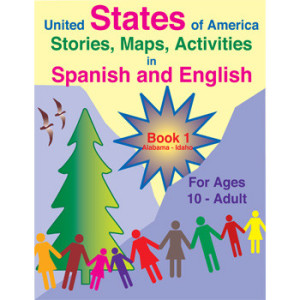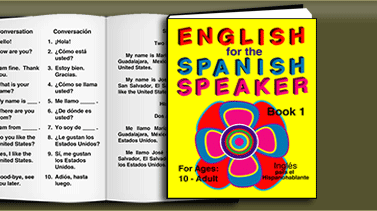Here is a list of the wars the USA has fought in:
Afghanistan War (October 7, 2001 to present)
U.S. Casualties: 1,098 deaths; 2,379 wounded in action
Iraq War (March 20, 2003 to December 15, 2011)
U.S. Casualties: 4,404 deaths; 31,827 wounded in action
Vietnam War (1959 to April 30, 1975)
U.S. Casualties: 58,193 deaths; 153,303 wounded in action
Gulf War (August 2, 1990 to February 28, 1991)
U.S. Casualties: 378 deaths; less than 1000 wounded in action
Korean War (June 25, 1950 to July 27, 1953)
U.S. Casualties: 54,246 deaths; 8142 wounded in action
World War II (December 8, 1941 to August 14, 1945)
U.S. Casualties: 407,300 deaths; 670,846 wounded in action
World War 1 (August 1914 to November 11, 1918)
U.S. Casualties: 53,402 deaths; 204,002 wounded in action
Spanish-American War (April 25 to August 12, 1898)
U.S. Casualties: 332 deaths
American Civil War (April 12, 1861 to April 9, 1865)
Casualties: 203,000 deaths; 412,200+ wounded in action
Mexican-American War (1846 to 1848)
U.S. Casualties: 13,271 deaths; 4152 wounded in action
War of 1812 (1812 to 1815)
U.S. Casualties: 20,000 deaths; 4505 wounded in action
American Revolution (1775 to 1783)
U.S. Casualties: 4435 deaths; 6188 wounded in action
This information comes from americanveterans.homestead.com website.
There has been too many wars causing too many deaths, wounded soldiers, and destruction of land and property.
On Memorial Day, we remember all the soldiers who have died or been wounded in the many wars that the United States has fought in.
Maybe you know a Spanish-speaking veteran who wants to learn English. Visit our website at www.Fisher-Hill.com to obtain information about our workbooks that help Spanish-speaking teens and adults learn how to read, write and speak English.










